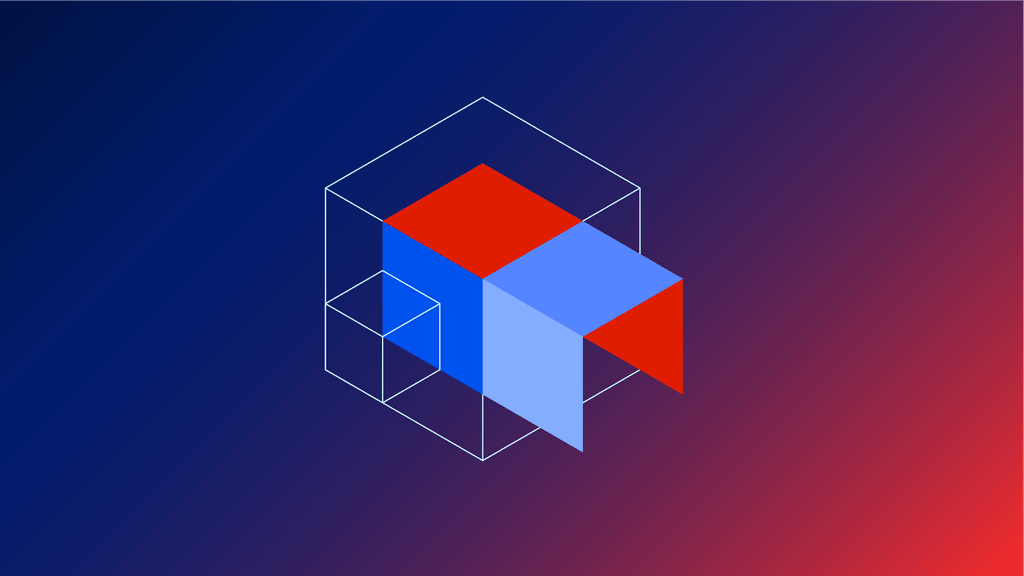Uniform blog/Migrating to MACH: 3 common pitfalls to avoid
Migrating to MACH: 3 common pitfalls to avoid
Migrating to MACH: 3 common pitfalls to avoid
A growing number of brands are adopting MACH (microservices, API-first, cloud-native, and headless) architecture in their technology stacks to keep up with fierce customer demand. Research from the MACH Alliance revealed over three-fourths of surveyed business leaders planned to boost their MACH investments, a figure that speaks to its staying power in the tech ecosystem.
While MACH enables companies to select the best tools for delivering winning digital experiences, challenges can arise without a solid strategy in place or careful consideration for business or user needs.
Let’s explain why MACH is gaining steam, which pitfalls to avoid in your implementation, and how a visual workspace can take you from quick, temporary fixes to strategic, long-term solutions.
Why MACH is the future of IT architecture
MACH offers you a future-proof framework for building a modern technology stack. When done properly, MACH architecture can boost performance, improve flexibility, and make it easy to add new features and replace aging systems with cutting-edge technologies.
Increasingly, brands undergoing digital transformation view MACH as a path towards building more agile, sustainable businesses that quickly deploy customer experiences at scale and adapt to evolving market changes. Furthermore, taking a measured experience-first approach via the visual workspace can fast-track your MACH implementation and enable digital teams to accelerate content creation and delivery.
Overcoming the challenges of MACH architecture
Often, brands dive headfirst into MACH architecture, focusing on the obvious benefits (e.g., creating lightning-fast customer experiences or powering a composable approach). But neglecting to apply MACH principles correctly also leads to challenges that burden developers and disenchant marketers.
Many organizations have tried different approaches to implementing MACH, only to struggle as they transition from tightly coupled, all-in-one platforms to decoupled, customer-centric applications.
However, with the right tools and a visual workspace that connects all of your MACH technologies into a united digital experience stack, you can pave a more flexible path to success and avoid the common mistakes below.
Pitfall #1: Agency accelerators
While it’s tempting to partner with agencies who use accelerators, building your architectural foundation with software purchased from a non-software vendor can result in a host of issues:
- You connect various systems using lots of custom “glue” code, making it harder to upgrade.
- Your tech stack relies on developer-preferred technologies. Agencies also lack a visual workspace where marketers can launch experiences without technical support.
- Because of the aforementioned issues, marketing requests create a backlog of IT support tickets, delaying digital production processes.
Instead of freely and agilely producing and publishing experiences, you’re stuck with expensive upgrades, disruptive maintenance, and service level agreements that fall short of budget and user needs.
During the evaluation process, be sure to run trials with vendors who offer best-of-breed platforms and are versed in developing scalable and reliable architectures.
Pitfall #2: Creating a custom backend for frontend
If your developers or agency propose custom coding your BFF (backend for frontend), beware. Writing code for a BFF might work for a small website supported by one headless system; however, if you have five, 10, or even 20 connection points, your MACH project can soon spiral into a complicated scenario:
- Your engineering team is unable to discern which platforms are connected to which sources.
- Your marketing team must log into multiple systems, which are difficult to use and lack centralized access to enterprise-wide content and data.
In contrast, a visual workspace effortlessly combines your MACH technologies, front-end components, and data sources through a single user interface. Developers gain the freedom to work with their preferred frameworks, and digital teams gain greater autonomy in the omnichannel experience management process.
Pitfall #3: Solving data access with GraphQL
Since different technologies drive your customer experience, your agency or development team may recommend using GraphQL—a programming language for APIs—to combine content and data sources spread across your organization.
The beauty of GraphQL is that it grants you access to any data from any source. Yet, this still drops you into a glue code cycle that requires developers to manually connect enterprise data to your front-end framework.
As your stack evolves and you integrate more MACH technologies, a GraphQL approach becomes untenable. With no visual workspace to handle presentation for marketing or relieve development from endless coding tasks, digital teams are disempowered and MACH projects are derailed.
With the visual workspace, you don’t have to worry about extensive code. A front-end experience solution manages your connections for you and gives digital teams creator-centric tools to deliver experiences for any channel.
Go MACH using an experience-first approach
The Uniform Visual Workspace comes with pre-built connectors for leading MACH technologies and offers AI-assisted, no-code experience management. Marketers employ powerful visual tools to independently create campaigns, and developers focus on optimizing systems and building features—all without the need to rip and replace your existing stack.
Don’t get lost in your MACH implementation due to custom code and vendor lock-in. Rather, invest in an experience-first approach that unifies your MACH architecture and helps you achieve the right digital experience stack for your brand.





.jpg&w=1024&q=90)

